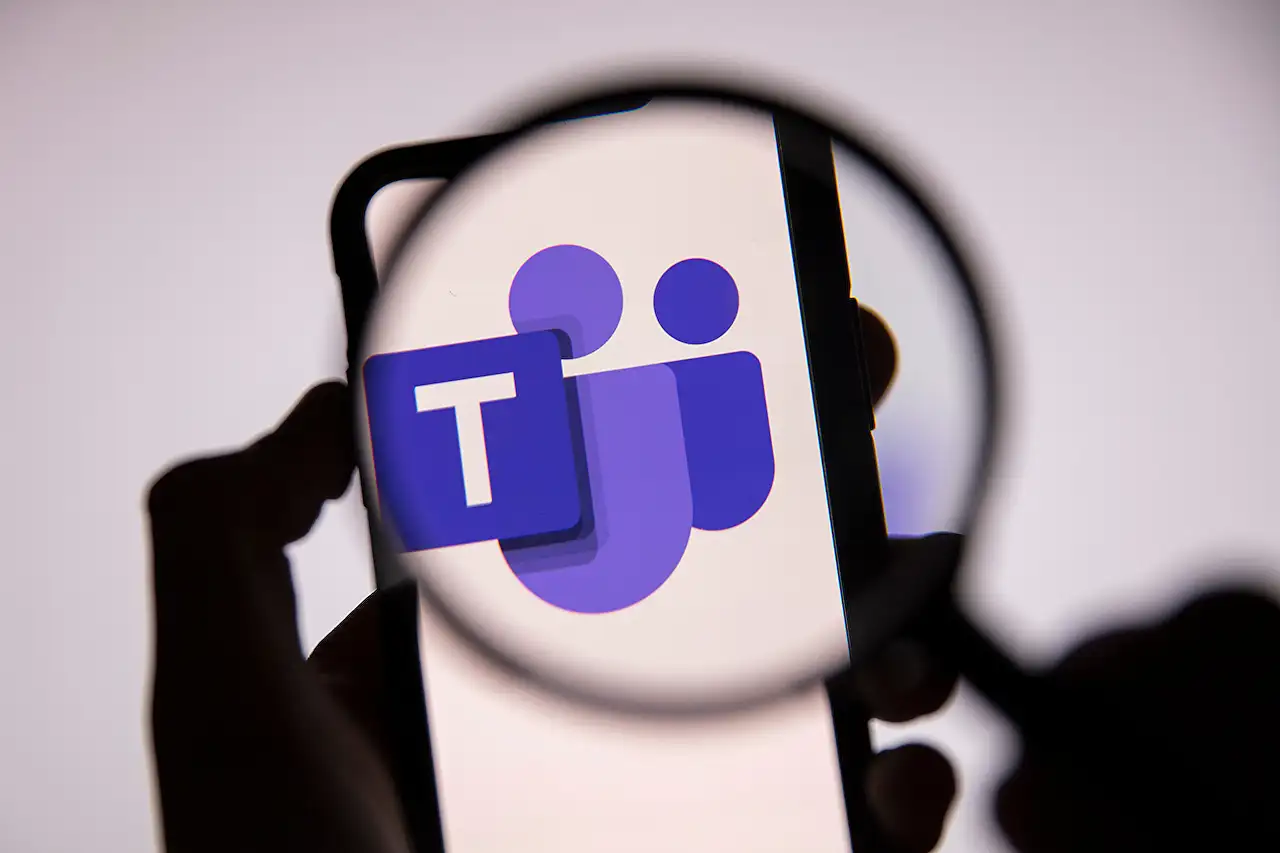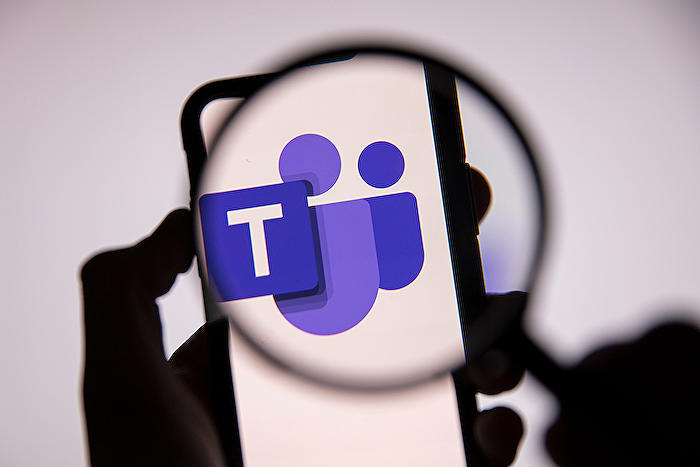
Disabling Private & Shared Channels Creation in MS Teams
Gain control over Microsoft Teams by learning how to disable the creation of private and shared channels for efficient workspace management.
Microsoft Channels Control: Disabling the Making of Private and Shared Channels in Teams
In a recent post I highlighted various types of channels available in the ubiquitous collaboration platform - Microsoft Teams. Our key focus today is on two specific types of channel within Teams: Private and Shared Channels. Let's dive into these and understand how they can be utilized or limited within an organization.
Such channels are engineered to foster secure discussions and file repository for select users within a given team. While this feature seems beneficial on the surface, it can sometimes lead to the creation of segregated workspaces and SharePoint sites. This might be a point of concern for some organizations that prefer unified and easily navigable content across all users and administrators. Hence, the necessity to understand and manage the ability to create these unique channels arises.
What could possibly be the concern? Hereon, we are referring to the unique characteristics that surface when a Private or Shared Channel is created, rather than actual issues:
- Channel creation triggers the birth of a new SharePoint site, independent of the primary SharePoint team site.
- Some features available within Standard Channels (like the addition of Channel Calendar app, creating a Plan from Planner - some of them are explained here) are absent in Private and Shared Channels, impacting the user experience.
- Scenario: A regular member creates a Private Channel without inviting the Team Owner. Result? The owner is locked out of the channel, with no access to the conversations or files within that channel!
- Creation limit: Maximum of 200 Shared Channels within a team but only 30 Private Channels can be created leading to limitations on the use cases.
In certain instances, you might need to inhibit users from creating these channels. Fortunately, preventing the creation of Private Channels can be achieved in two ways: Team Level and Admin Level.
Team Level
To disable Private Channel creation: Team Owners must first click on three dots next to the team name, then navigate to "Manage team". Next, within the Settings Tab, expand the “Member permissions” segment and uncheck the box next to "Allow members to create private channels". This makes the creation of Private Channels exclusive to Team Owners. However for Shared Channels, which can only be created by Team Owners, there's no option in Teams Settings to disable their creation.
Admin Centre Level
The alternative method is through the Teams Administrators or Microsoft 365 Global Admins who can cease the creation of Private and Shared Channels across all teams. This can be done by accessing Microsoft 365 Admin Center via Microsoft 365 App Launcher > Admin. After selecting "Teams" from Admin centers, the user must select "Teams policies", followed by "Global (Org-wide default)" policy. The final step is to switch off the toggle next to "Create private channels" or "Create shared channels", this affects all teams, stripping every member, including Team Owners, of their ability to create such channels.
Conclusion: The decision of enabling or disabling the creation of Private or Shared Channels in your Teams entirely depends on your organization’s unique needs and approach towards governance, control and functionality.
For more information on Teams, click here.
Read the full article How to disable the creation of private and shared channels in Microsoft Teams

Learn about How to disable the creation of private and shared channels in Microsoft Teams
There might come a time when you wish to prevent the generation of private and shared channels in Microsoft's team communication platform. In this article, we’ll guide you on how to disable such features and the implications of doing so.
The text focuses on two types of channels in the team communication platform: Private and Shared. They bolster secure exchanges and storage of files for specific users within a given team. Despite the benefits, these channels might not be necessary for organizations aiming for a consolidated workspace, steering away from creating isolated areas.
However, creating Private or Shared Channels might present some challenges. First, every new channel spurs a separate SharePoint site, independent of the main team site. They also lack some features found in Standard Channels, such as the ability to include a Channel Calendar app and Plan from Planner, which might frustrate some users.
Another concern is the discrepancy between the maximum allowable shared and private channels. A team can have up to 200 Shared Channels but is restricted to a maximum of 30 Private Channels. Finally, the creation of additional SharePoint sites due to these channels might stir governance concerns within an organization.
Despite these, the platform provides two ways to prevent the creation of Private Channels: Team Level and Admin Level.
- Team Level: Team owners can disable Private Channel creations for their specific Team. To do so, access the Settings Tab under Manage Team, and uncheck the box next to 'Allow members to create private channels'. However, Shared Channels can only be created by Team Owners, thus no need for disabling settings from their end.
- Admin Center Level: This enables team platform administrators or Microsoft 365 Global Admins to disable the creation of channels for the entire tenant. It involves access to Microsoft 365 Admin Center and a couple of steps which include clicking on Teams policies and unchecking next to 'Create private channels' or 'Create shared channels'.
These steps will limit the ability for individuals (Team Owners or Team Members) to create Private and Shared channels within the platform.
In conclusion, the need to disable private and shared channels in Microsoft's team communication platform may arise for various reasons. It is necessary to consider the needs and structure of the organization before making any changes. Understanding the levels at which such changes can be made is also crucial for effective management of the platform.
More links on about How to disable the creation of private and shared channels in Microsoft Teams
- How to disable the creation of private and shared channels ...
- Dec 26, 2022 — Some time ago, I introduced you to various channels we have in Microsoft Teams. This post specifically focuses on the two channel types we ...
- Disable creation of private channel by the students
- Apr 17, 2020 — You can, via the Teams channel policy, as detailed here: https://docs.microsoft ...
Keywords
Disable Microsoft Teams Channels, Microsoft Teams Private Channel, Microsoft Teams Shared Channel, Disable Creation Teams Channels, Teams Private Channel Settings, Microsoft Teams Channel Management, Teams Shared Channel Settings, Disable Channel Creation Teams, Microsoft Teams Channel Creation, Manage Microsoft Teams Channels.